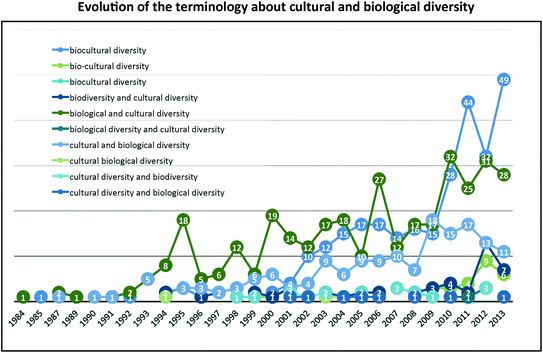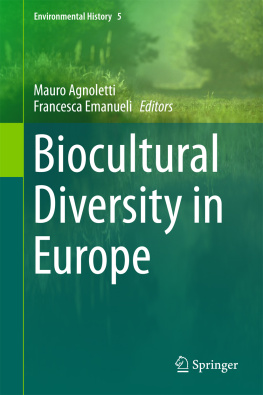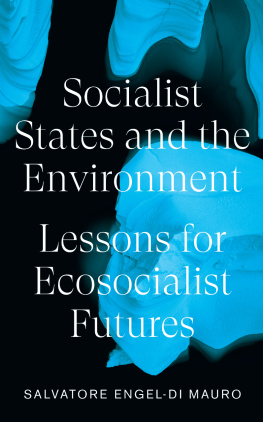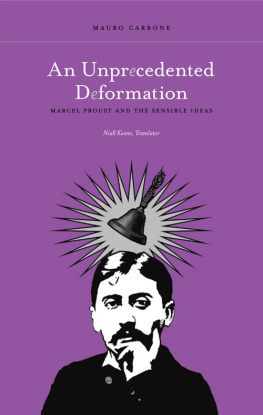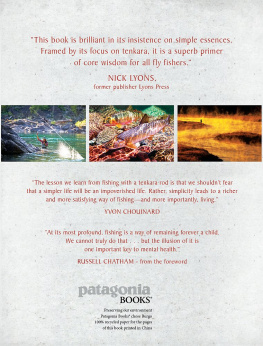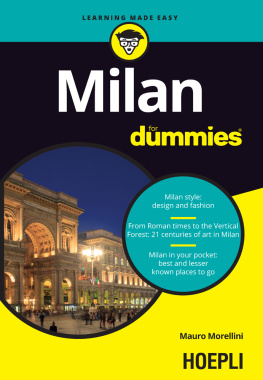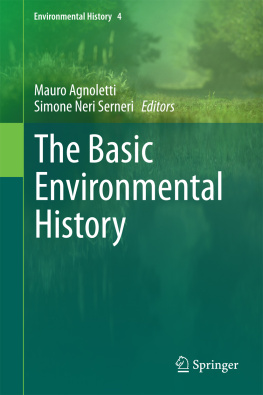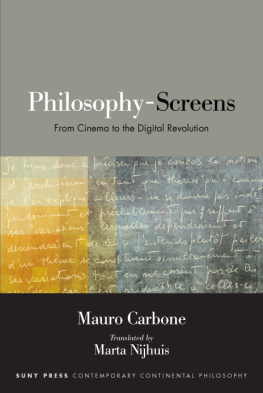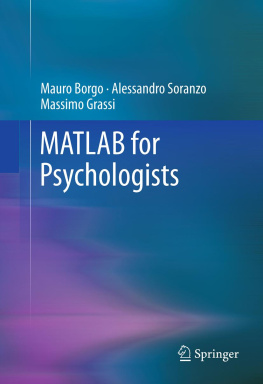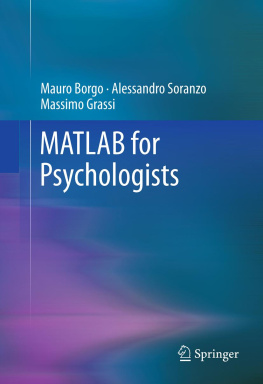1.1 The UNESCOSCBD Joint Programme
The discussion about the linkages between biological and cultural diversity in research started about thirty years ago (see Fig. ), but only recently the topic was brought to the attention of relevant international organizations. The International Conference on Biological and Cultural Diversity was held in Montreal on June 2010 and produced two main documents, the Declaration on Biocultural Diversity and the Joint Programme on the linkages between cultural and biological diversity, developed in collaboration with the UNESCO and the Secretariat of the Convention on Biological Diversity of the United Nations (JP-BiCuD). The joint programme promoted a vision of the world in which the global community sustains biological and cultural diversity, with the Convention on Biological Diversity acting as global focal point for biodiversity and UNESCO acting as global focal point for cultural diversity. The programme strengthens the linkages between biological and cultural diversity initiatives, and enhances synergies between interlinked provisions of conventions and programmes dealing with biological and cultural diversity at relevant scales. The general principle for the implementation of the joint programme concerns a full and effective participation of all relevant actors, and in particular indigenous and local communities in the establishment and implementation of the JP, as also a collaborative engagement of policy and decision-makers, in both rural and urban contexts. Among the specific objectives of the JP, an important one is to build bridges between ongoing work on biodiversity and cultural diversity, the promotion of synergies and information sharing among already-existing programmes, and projects and activities that focus on links between biological and cultural diversity.
Fig. 1.1
The terminology used in scientific articles in the last decades about cultural and biological diversity put more and more into evidence the term biocultural diversity. Source Science Direct
The JP also encourages to further explore conceptual and methodological issues related to the links between biological and cultural diversity, supporting and fostering learning networks on biocultural approaches, raising awareness about the importance of interdependent biological and cultural diversity in resource management and decision-making processes. It also emphases the need to develop interdisciplinary conceptual and methodological frameworks, taking into consideration the many ways in which cultures have shaped and continue to shape biodiversity in sustainable way (e.g. cultural landscapes, traditional agricultural systems, sacred sites, culturally significant species and urban biodiversity). The programme also intended launch pilot projects in appropriate sites, to apply the knowledge on the links between biological and cultural diversity in equitable management and governance practices.
1.2 The Florence Meeting and the Need for an Interdisciplinary Approach
The first meeting for the implementation of the Joint Programme was held in Florence (Italy) in April 2014. This is supposed to be the first of a number of meetings that the JP-BiCuD intended to organize in various continents, but there were good reasons for organizing this first meeting in Europe. The scientific and policy dimensions of the linkages between cultural and biological diversity are of utmost importance in the European context where cultural, environmental and rural policies are devoted to the conservation of biodiversity and cultural heritage, but rarely focused on the interactions between nature and culture. Yet, throughout European history, the outcomes of such interactions, including through traditional farming and forestry practices, have been critical for creating resilient landscape patterns, diversifying biological and cultural resources and shaping cultural identity of different European regions. In the last two decades, landscape has also become an important element in European Policies, especially considering the European Landscape Convention established in the year 2000, signed by more than 35 countries, as well as the Common Agricultural Policies, that put the conservation of the landscape asset of Europe among the objectives of rural policies together with the conservation of biodiversity.
Several international scientific organizations and the United Nations have designated landscape as one of the primary concerns of upcoming sustainability policies, and the last two summits of the United Nation organized on Climate Change in Lima in 2014 and Paris in 2015 included a Global Landscape Forum. From the point of view of research, it is also evident the growth of the importance of the term landscape compared to term like ecosystem in the published books, as also the importance of cultural landscape compared to natural landscape (see Figs. ). This reflects the general growth of the landscape perspective in the scientific literature, but it has some interesting relations also with the governance of the European territory. The quality of European landscapes and the associated quality of life is determined by the tight interplay between their economic, social and cultural aspects, through time and space, and is often grounded in specific landscapes features. The preservation of such features contributes towards higher quality of life for local populations through material and immaterial means. These features improve peoples lives and contribute to local economy while fulfilling their recreational, emotional and spiritual needs, and their sense of identity.
